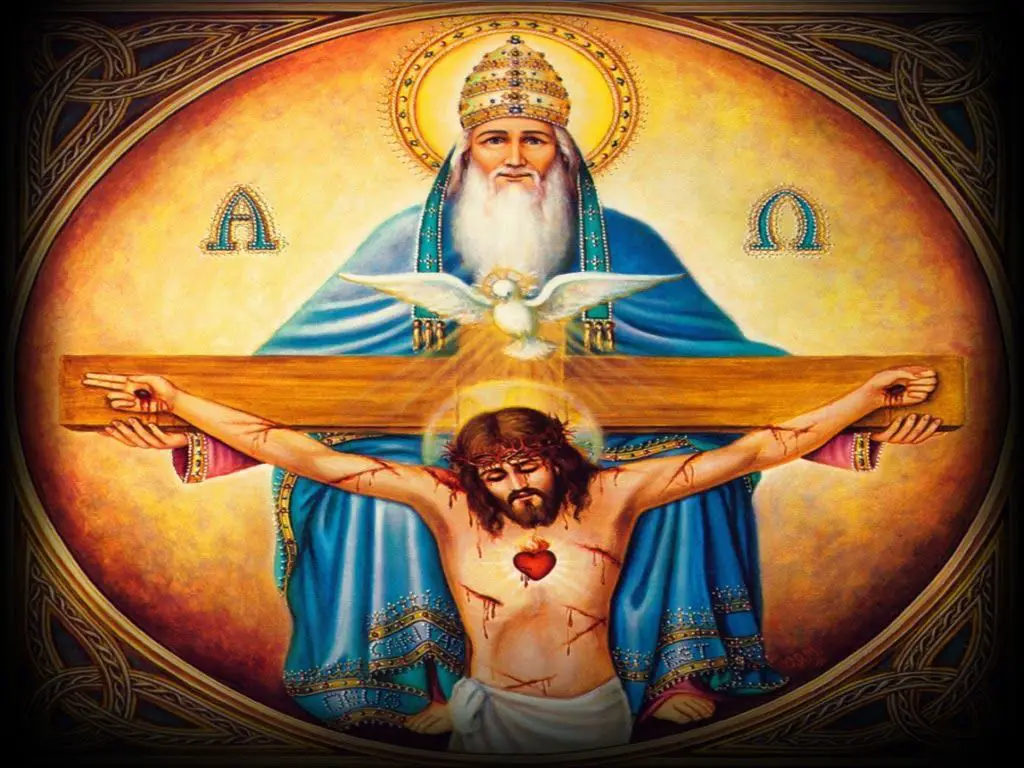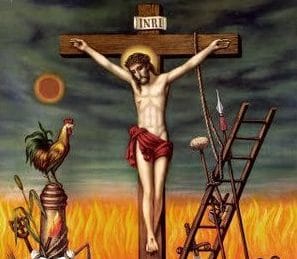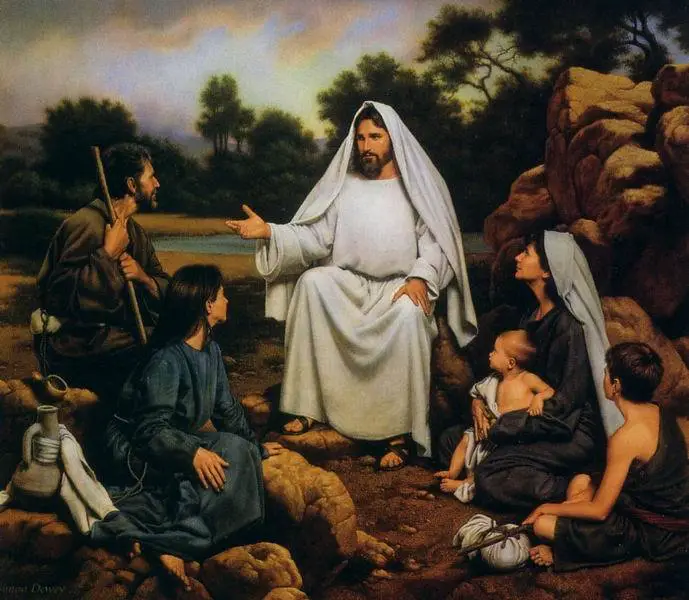In this article you will learn about the miracles of Saint Benedict of Palermo, also known as Saint Benedict the Moor, which led to his canonisation.
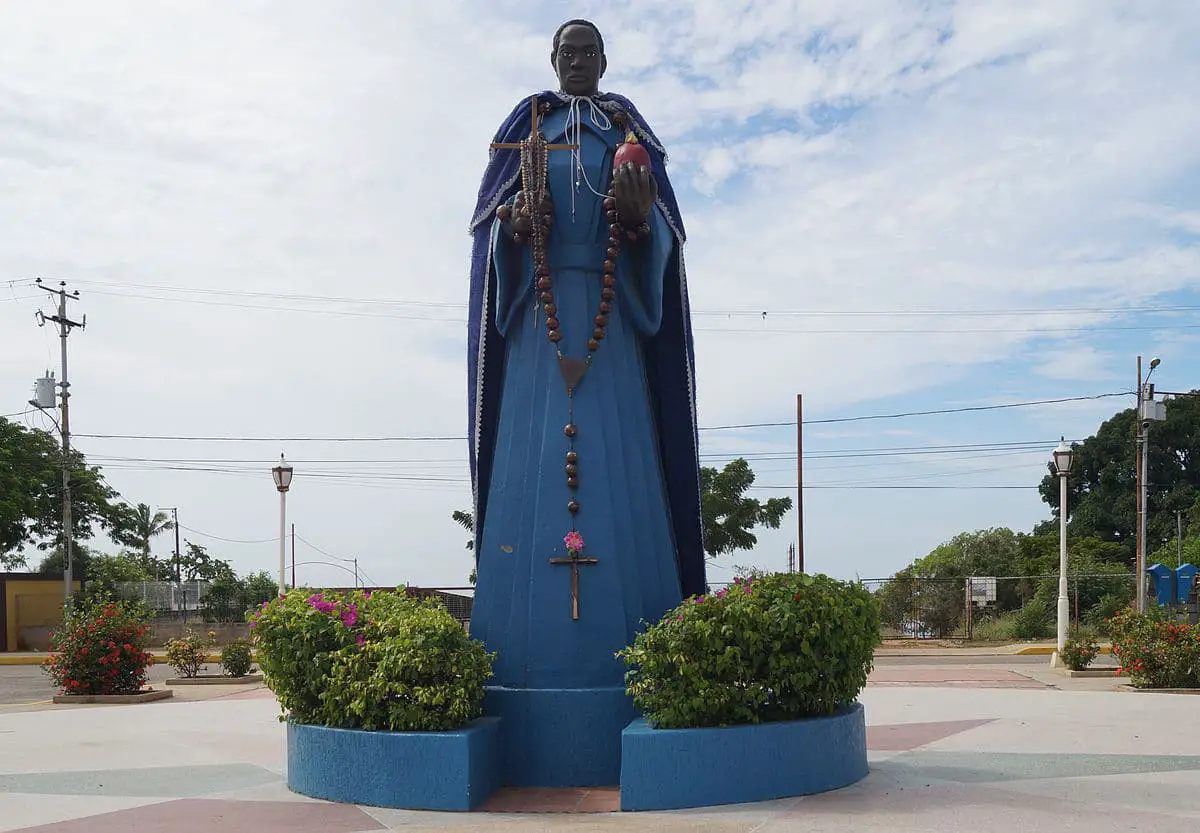
St Benedict of Palermo
St Benedict of Palermo or St Benedict the Moor was born a slave near Messina, Italy. He was the son of black slaves brought from Africa to San Fratello, Sicily, where they were converted to Christianity.
Find out who St Benedict of Palermo was in this short video:
His parents led such an exemplary life and fulfilled their duties so well that their owner, in gratitude, granted their eighteen-year-old son Benedict his freedom.
He continued to work as a labourer, generously sharing his meagre wages with the poor and spending his free time caring for the sick, eventually settling in Montepellegrino with other hermits.
Because of his humble origins, St Benedict the Moor was often ridiculed, but he endured with such patience and joy that even in his youth he was called “The Black Saint”.

Stained glass window of San Benito de Palermo
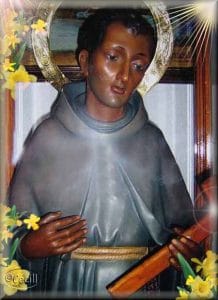
He possessed extraordinary gifts of prayer
He met Jerome Lanze, a nobleman who had left the world to live according to the rules of St Francis of Assisi. St Benedict sold his few possessions, gave the money to the poor and joined the monastic group at San Fratello, then moved with them to Palermo.
For many years he was happily employed as a brother in the kitchen of the convent of Santa Maria di Gesù, but on the death of its director he was elected guardian of the convent, even though he could neither read nor write.
After one term in this office, he was elected Master of Novices and his advice was eagerly sought by novices, religious and people of all classes.
He possessed extraordinary gifts of prayer, a divinely inspired knowledge of Sacred Scripture, and an intuitive grasp of profound theological truths that astonished the wise and helped him guide souls.
Watch this video to learn more about the miracles of St Benedict of Palermo:
His sanctity, reputation for miracles and fame as a confessor brought hordes of visitors to the obscure and humble cook.
He died in the convent, was canonised in 1807 and is the patron saint of black people in the United States. The surname “the Moor” is a misnomer, derived from the Italian IL MORO (the black). His feast day is 4 April.
News of his holiness spread throughout Sicily and the monastery was constantly crowded with visitors: the poor seeking alms, the sick seeking miracles from St Benedict of Palermo, and people of all classes seeking advice or prayers.
Here is another part of the miracles of St Benedict of Palermo:
One of the miracles of St Benedict of Palermo was that St Benedict’s face was often seen to shine with a heavenly light, especially when he was praying in the chapel.
He was employed as a cook, but another of the miracles of St Benedict of Palermo was that angels were seen helping him in the kitchen and that food seemed to miraculously multiply under his hands, just as Jesus did with the multiplication of the loaves (see: Miracles of Jesus).
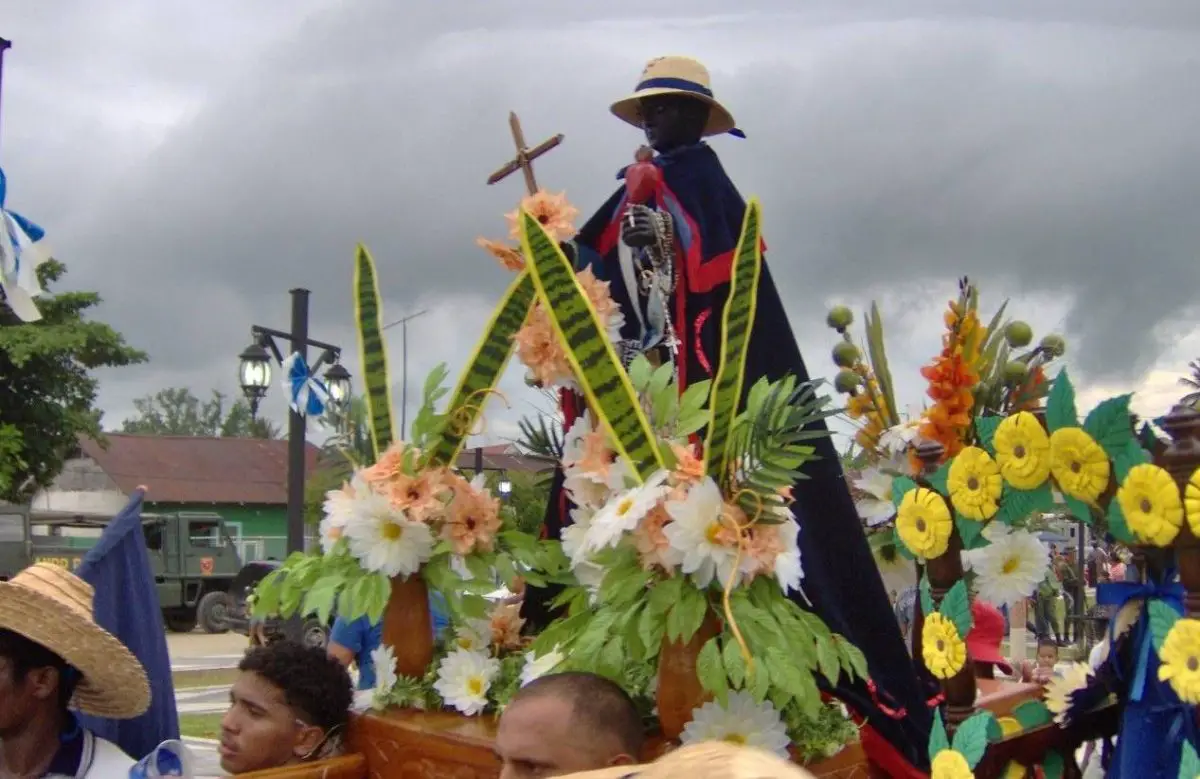
Procession of Saint Benedict of Palermo
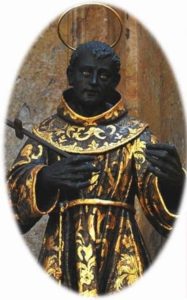
was canonised by Pope Pius VII in 1807.
Although St Benedict the Moor never refused to see anyone, he would have preferred to live a hidden life, unknown to the world. Towards the end of his life, he voluntarily returned to the humble duties of the kitchen when he was relieved of all his offices.
He died after a short illness at the age of sixty-three, at the hour he had predicted, and was buried with great solemnity in the common vault behind the sacristy of the church.
Immediately after his death, a strong cult developed and his veneration spread throughout Spain, Italy and Latin America. Saint Benedict the Moor was beatified by Pope Benedict XIV in 1743 and canonised by Pope Pius VII in 1807.
Another miracle of St. Benedict of Palermo was the first exhumation of his remains on 7 May 1592, three years after his death, when his body was found to be perfectly preserved.
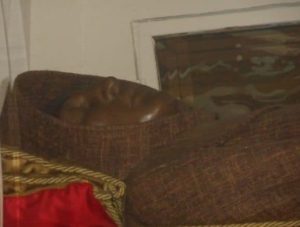
Body of St. Benedict of Palermo with his wax mask
The body of St Benedict of Palermo with his wax mask
In 1611, King Philip III of Spain paid for a new shrine to be built in the same church, to the left of the altar of Santa Maria de Gesu, where the Saint’s incorruptible remains were transferred with great solemnity.
The holy relic, still incorruptible but a little dry and hard, was exposed to public veneration. The saint’s face was covered with a thin wax mask some time ago. Just like the mask of Saint Innocence.
In this way, God blessed the virtues of the former slave with the gift of incorruptibility, a blessing that has lasted for almost four hundred years.
St Benedict the Black has been proclaimed “Patron Saint of all Black Missions in North America”.
Watch this video to learn how St Benedict of Palermo was canonised in 1807:

